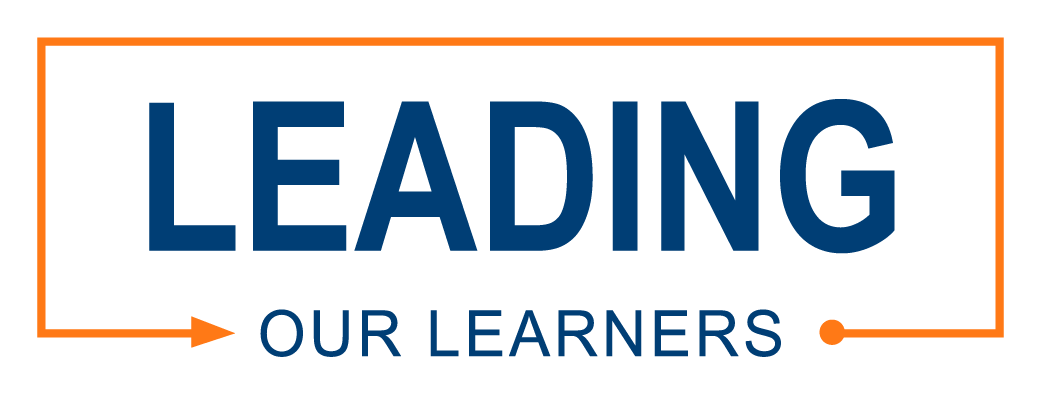“Equity is a verb, it requires action.”
The Merriam Webster Dictionary’s definition of “equity” is “the quality of being fair and impartial.” Equity in education has two dimensions. The first is fairness, which basically means making sure that personal and social circumstances – for example gender, socioeconomic status or ethnic origin – should not be an obstacle to achieving educational potential.
The second is inclusion, in other words ensuring a basic minimum standard of education for all – for example that everyone should be able to read, write and do simple arithmetic. The two dimensions are closely intertwined: tackling school failure helps to overcome the effects of social deprivation which often causes school failure.
Equity in education requires putting systems in place to ensure that every child has an equal chance for success. That requires understanding the unique challenges and barriers faced by individual students or by populations of students and providing additional supports to help them overcome those barriers. While this in itself may not ensure equal outcomes, we all should strive to ensure that every child has equal opportunity for success.
Consideration: Much has been made of the difference between equity and equality. While equality means treating every student the same, equity means making sure every student has the support they need to be successful.
Statement of belief
“We affirm in our actions that each student can, will, and shall learn. We recognize that based on factors including but not limited to disability, race, ethnicity, and socio-economic status, students are deprived of equitable educational opportunities. Educational equity is the intentional allocation of resources, instruction, and opportunities according to need, requiring that discriminatory practices, prejudices, and beliefs be identified and eradicated.”
Articles, brochures and reports
- Addressing the Root Causes of Disparities in School Discipline – Although resources exist, schools, districts, communities, and states need assistance so that they can address disparities in school discipline in a strategic and sustainable manner. The National Center on Safe Supportive Learning Environments (2015) offers a guide to assist schools and districts in identifying and analyzing the root causes of disparities and then in developing an implementable action plan to address more than symptoms of disparities in a strategic and sustainable manner.
- Culturally Competent Schools: Guidelines for Secondary School Principals – This article examines how principals can put in place policies and practices that honor the diverse cultures alive in a school. Citation: Klotz, M. B. (2006). Culturally competent schools: Guidelines for secondary school principals. Principal Leadership 6(9), 11–14. The National Association of Secondary School Principals: Reston, VA.
- Do You Know What a ‘Microaggression’ Is? – This commentary by Connecticut Association of Boards of Education Executive Director Robert Rader (2018) examines microaggressions in the hiring process.
- The Leadership for Equity Assessment & Development (LEAD) Tool – The LEAD Tool helps school leadership teams start dialogue and sustain action in expanding educational opportunities, improving school climate, and attaining equitable outcomes. It provides teams the opportunity to examine practices and policies through the lens of 10 research-based equitable practices and to bring families, communities, and other stakeholders into the conversation. Teams can use the rubrics to assess their personal and organizational strengths, challenges, and progress. You also can download the tool as a printable pdf.
- Educational equity in Ohio – Resources to support school boards navigate the sometimes rough waters of educational equity, while staying the course toward their pursuit of positive outcomes for every student.
- Equity Lens bookmark – Portland Public Schools created a bookmark to share how using an equity lens provides a common vocabulary and protocol for evaluating policies, programs, practices and decisions for equity; and produces policies, programs and practices which result in more equitable outcomes.
- Glossary of common terms in equity work – Use these terms to better understand equity and how it impacts your students.
- Racial Equity Tool – The Puget Sound Educational School District created this equity tool to assist in closing the opportunity gap.
- Spotlight on Critical Race Theory – Critical race theory has exploded into the public sphere. There’s widespread misunderstanding and misuse of the term, what it means, and how it intersects with teaching and learning in K-12. In this Education Week Spotlight, learn what critical race theory is, what it isn’t, and how it’s a practice, not a curriculum.
- Understanding the difference between critical race theory and educational equity – What you need to know – A brief description distinguishing educational equity from critical race theory.
- What is Critical Race Theory, and Why Is It Under Attack – This Education Week Explainer by Stephen Sawchuk is a starting point to help educators grasp core aspects of the current debate surrounding Critical Race Theory.
- White Privilege: Unpacking the Invisible Knapsack – Peggy McIntosh explains white privilege, how it oppresses others and how to end it.
- White Privilege and Empathy: A Connecticut Association of Boards of Education (CABE) executive director commentary – This article first appeared in the “CABE Journal” in June 2018 and is used with permission.
Videos
- Equity and Equality – This video is part of the University of Maine’s Rising Tide Center and its 5-Minute Professional Development Series: The Current.

